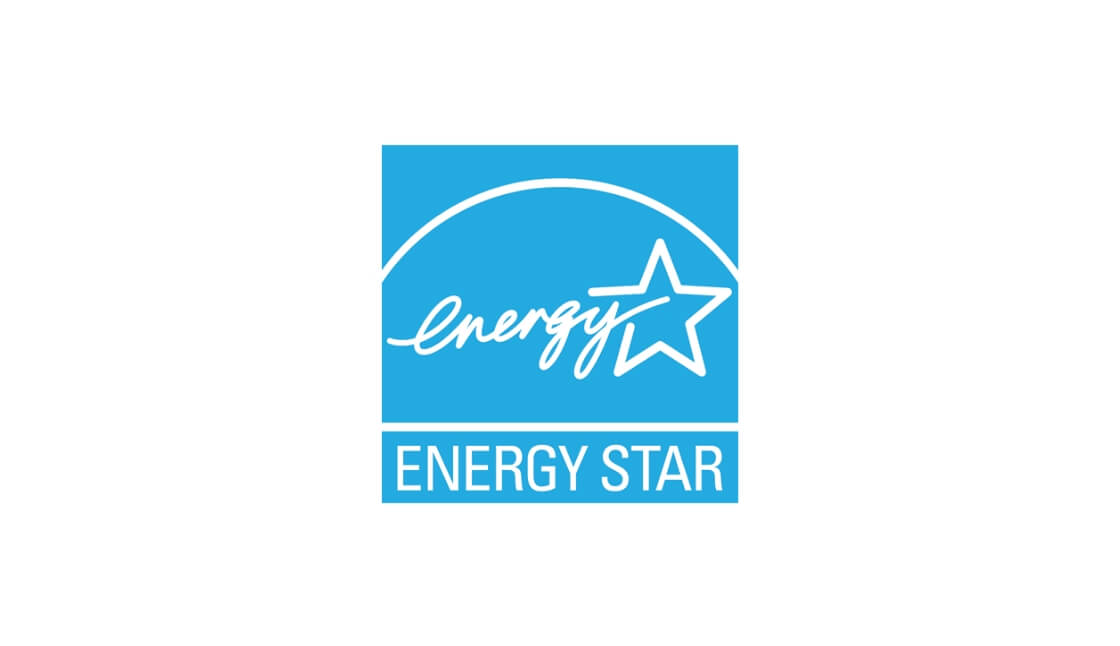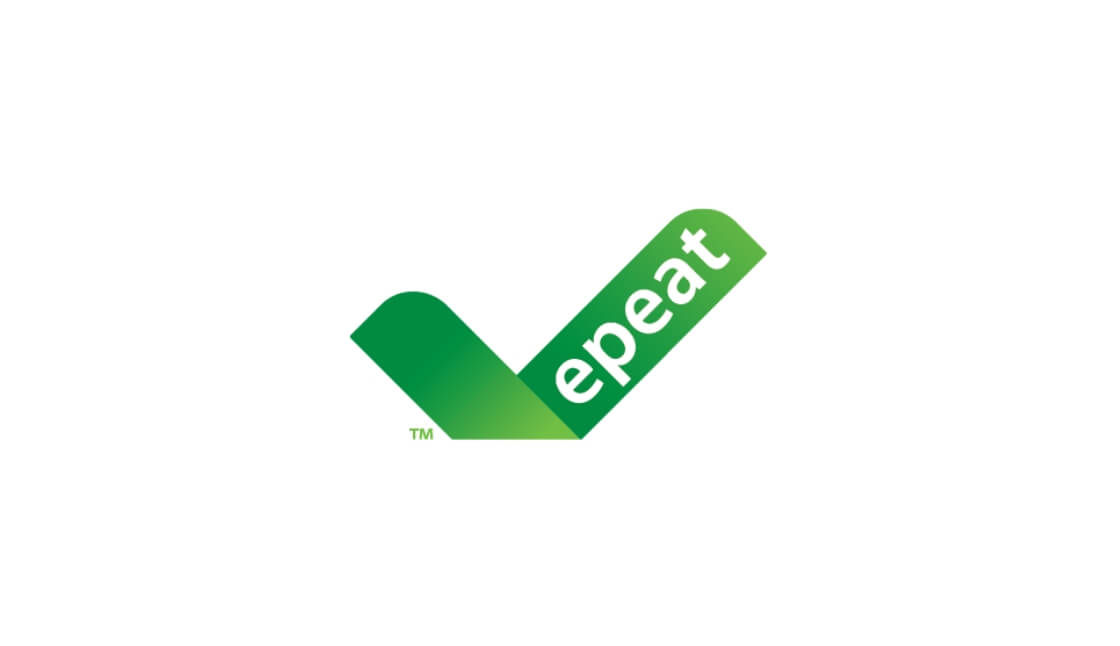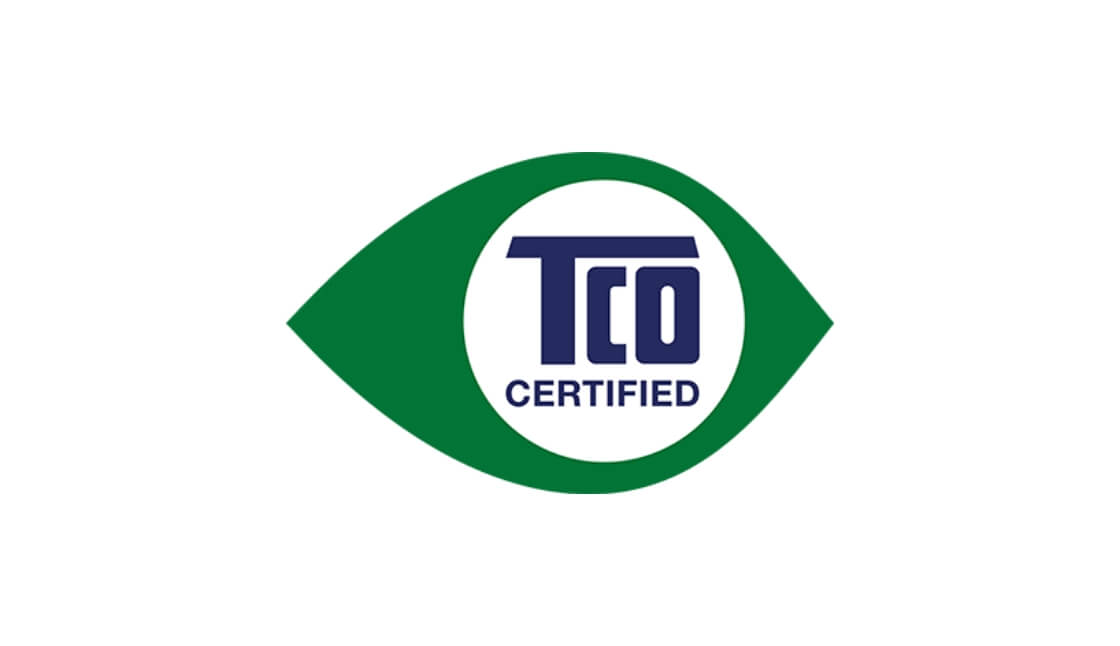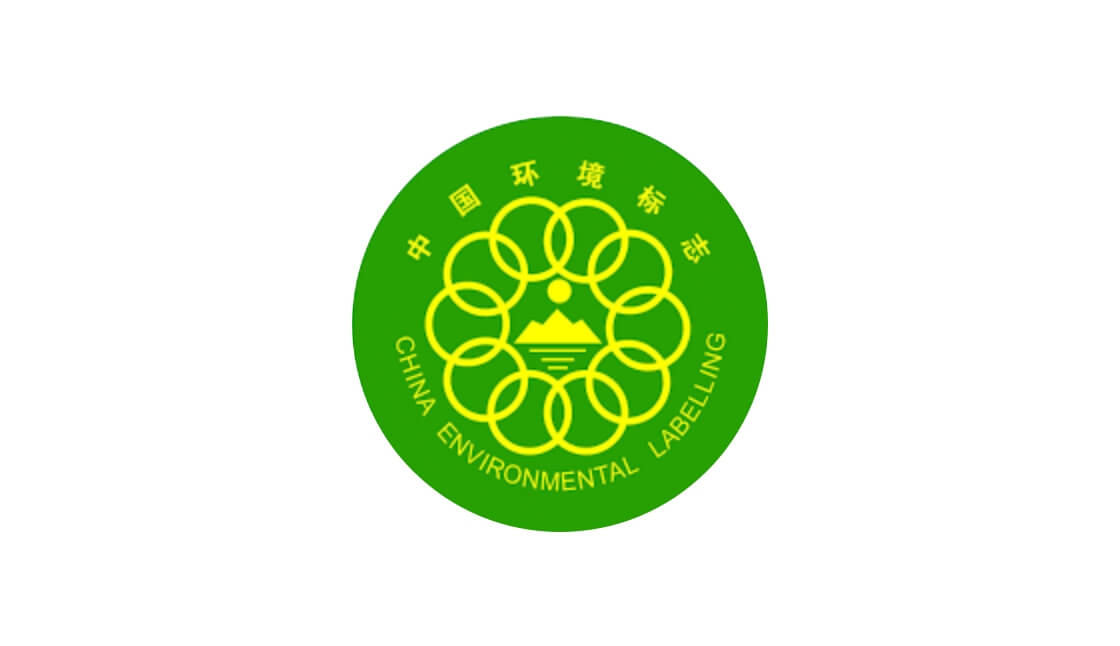Carbon Footprints and Product Environmental Performance | ACER ESG
In order to achieve product sustainability, it is necessary to examine the environmental impact and performance of each stage of product development and use it as a reference for improving future sustainable products. Acer, in its product design, not only complies with the legal requirements of product sales in various regions but also enhances product energy efficiency, reduces the use of hazardous substances, promotes recyclability, and extends product lifespan. These factors serve as indicators for optimizing product design. Ultimately, we communicate and disclose the environmental performance of our products to consumers through various environmental labels. Ultimately, we communicate and disclose the environmental performance of our products to consumers through various types of environmental labels, product life cycle assessments and product carbon footprint results.
Product Energy Efficiency
AProduct energy efficiency has been a key design indicator for us. We base our product design on the U.S. ENERGY STAR standard and will continue to offer consumers more products with low energy consumption. In addition to expanding the coverage of the Modern Standby power management mode, we are also incorporating additional display power saving technology to further reduce the energy consumption of our products. In 2023, 60.77% of our computers and monitors are U.S. ENERGY STAR certified. The average energy consumption of notebook computers decreased by 42% compared to 2016, and the average energy consumption of desktop computers decreased by 38% compared to 2016. This progress brings us closer to our goal of reducing the average energy consumption of personal computers by 45% by 2025.
EPEAT and TCO Certified
EPEAT and TCO Certified are currently the most recognized environmental labels. In addition to requirements for product chemical substances and energy consumption, they encompass aspects, such as the use of recycled materials, product repair, extended product lifecycle, and provision of product recycling channels. Furthermore, they address the social and environmental responsibilities of brand owners and their suppliers, including labor rights, occupational health and safety, and responsible mineral procurement. In 2023, 11.22% of our products are EPEAT registered, and 15.02% of our products are TCO Certified.
By using EPEAT Benefits Calculators, the GHG emission savings of EPEAT registered notebook, desktop, and monitor products is 91,594 metric ton of CO2 and energy savings of 411,498 MWh in 2023.
Life cycle assessment and product carbon footprint
In response to the global low-carbon trend, Acer, as a leading brand, is dedicated to offering consumers more sustainable and eco-friendly products, enhancing product competitiveness, and meeting customer demands. Since 2019, Acer has been producing product life cycle assessment reports and carbon footprint reports for flagship products. Gradually, we have developed them for more notebook computers, desktop computers, and monitors in 2023. By analyzing detailed data on product carbon footprints, Acer aims to identify the carbon hotspots of its products and provide feedback to its upstream supply chain. The goal is to reduce carbon footprints and promote carbon reduction actions throughout the supply chain.
In 2023, Acer completed product life cycle assessments or product carbon footprint reports for all commercial notebook computers (including Chromebooks), commercial desktop computers, and representative monitor products. Additionally, we have obtained a verification statement from a third-party organization for the comprehensive cradle-to-grave carbon footprint calculation of the Aspire Vero AV15-53P notebook computer. The system boundary of the Aspire Vero AV15-53P product carbon footprint includes five stages: raw materials, manufacturing, transportation and distribution, use, and disposal. The carbon footprint calculation result for each AV15-53P notebook computer is 148.53 kgCO2e. Through this product carbon footprint analysis, Acer not only gains a deeper understanding of the carbon emissions hotspots of the product but also assesses the suppliers' ability to provide primary data on product carbon footprints. This information will serve as the basis for proposing measures to reduce product carbon footprints, improve the quality of product carbon footprint data, and establish suppliers' carbon management and reduction capabilities.
AV15-53P product carbon footprint

ENERGY STAR
As part of our commitment to energy conservation, carbon reduction and sustainability, Acer has always focused on the energy-saving design of our products. ENERGY STAR is a U.S. Environmental Protection Agency voluntary program that helps businesses and individuals save money and protect our climate through superior energy efficiency.Among ENERGY STAR specifications, those related to Acer products are computers (including laptops, desktops and all-in-one PCs) and displays. Please visit ENERGY STAR to learn more and updated details for Acer products which has earned ENERGY STAR.

EPEAT
Manufacturers register products in EPEAT based on the devices’ ability to meet certain required and optional criteria that address the full product lifecycle, from design and production to energy use and recycling. Bronze-rated products meet all of the required criteria in their category. Silver-rated products meet all of the required criteria and at least 50% of the optional criteria, while Gold-rated products meet all of the required criteria and at least 75% of the optional criteria.
Please visit EPEAT Website for more details or to search for registered Acer products in each country.

TCO
TCO is a global sustainability certification for IT products, aimed at promoting the environmental and social performance of IT products throughout their lifecycle. The criteria cover aspects of environmental and social responsibility within the supply chain and the entire IT product lifecycle, such as socially responsible manufacturing, reduction of hazardous substances, and product lifetime extension.
Currently, there are more than ten product categories eligible for TCO certified, and there is a supplemental certification, TCO Certified Edge, available for specific products, showcasing even further sustainability performance. To learn more about Acer's TCO certified products, please visit TCO Website.

Taiwan Green Mark
Taiwan Green Mark is administered by the Environmental Protection Administration of Taiwan. Through the Green Mark system, the Taiwan EPA encourages manufacturers to consider how they can reduce environmental pollution and save resources during the product manufacturing process. By promoting waste reduction and recycling, the Taiwan EPA also reminds consumers to carefully choose recyclable, low-pollution, and resource-saving products to protect the environment.
Taiwan Green Mark standards consider criteria including low energy consumption and low noise, easy disassembly, reducing hazardous substances, packaging and easy recycling. To learn more about Acer's products earned Taiwan Green Mark, please visit Nation Green Life Movement (in Chinese).

China Environmental Label
China Environmental Labelling Program is steering the green development of businesses, reducing pollution, and driving the green transition. It promotes producers addressing the impacts of their products on the environment in each process from product design to final disposal, thus meeting the targets of preventing pollution, protecting the environment, and gaining more benefits.
To learn more about Acer's products earned China Environmental Label, please visit the website (in Chinese).

